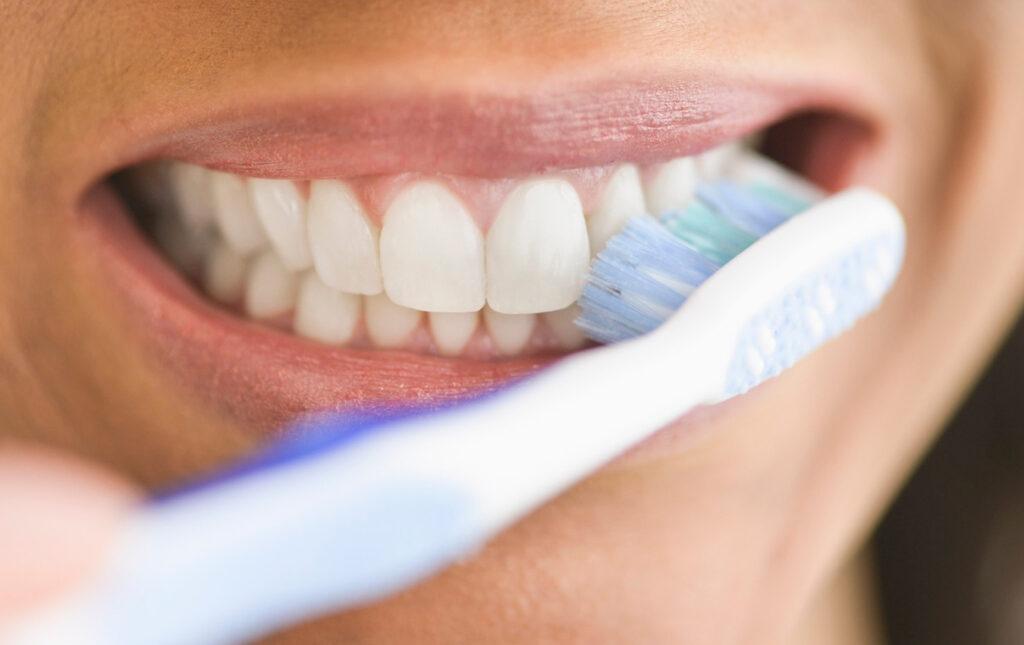
There’s a reason dental insurance companies pay better for preventive care … it costs much less to care for your teeth than to fix them. Reports show that the average cost for basic cleaning runs between $65 to $102 and exams are typically between $45 and $75. Compare that to the cost of a root canal, which by itself can cost between $450 and $750. It is easy to see that preventive care, coupled with good oral hygiene at home can save you a lot of money.
The fact is, many Americans tend to avoid getting routine dental care until something starts to hurt and they have no choice. The National Center for Health Statistics reports that only 76% of children age 2 -17 saw a dentist in a 12 month period. The statistics for adults are even lower: only 65% of adults ages 18 to 64 and 56% of adults over age 65 see a dentist every year. That means, between roughly 25% and 44% of Americans never receive any type of preventive or restorative dental care each year. No doubt, part of the cause is the lack of access to dental care, compounded by having no dental insurance. (There are over 47 million people in America without health care coverage.) However, part of the cause is procrastination and a reluctance to spend money on routine dental care.
What the American Dental Association (ADA) and dentists all over the country have said for years is that it is far less expensive to pay for preventive dental care than to wait until a serious problem develops. For some it is a budgeting issue, but just like you budget for routine auto maintenance to prevent expensive car repairs, you can avoid more costly restorative dental procedures by investing in routine checkups and cleanings … make it a personal budget priority.
In addition to annual dental checkups and cleanings, here are some tips for great dental care at home from the American Dental Association:
- Brush twice daily with fluoride toothpaste that has the ADA Seal of Acceptance.
- Replace your toothbrush as soon as the bristles become frayed, but at least every three or four months.
- Floss daily with your choice of dental floss (they come in a wide variety of shapes and flavors), interdental cleaners or oral irrigators. Interdental cleaners come in plastic, wood (similar to toothpicks), and rubber, but all do the same thing – remove plaque between the teeth and under the gums and stimulate good gum circulation.
- Avoid between-meal snacks and eat a balanced diet … the saying “you are what you eat” applies to your teeth as well as the rest of you.
The ADA has also put their Seal on some of the antimicrobial mouth rinses that have been proven to help lower bacteria in the mouth and inhibit its grown within dental plaque. Fluoride has long been the accepted standard for toothpaste and mouthwash in preventing tooth decay. However, children under age six should not be given fluoride mouth rinses since they tend to swallow it, which is unhealthy for small children.
Your dentist will recommend products that will be particularly effective for you, but you can rely on the ADA Seal to ensure that any product that has it has met criteria for safety and effectiveness.

